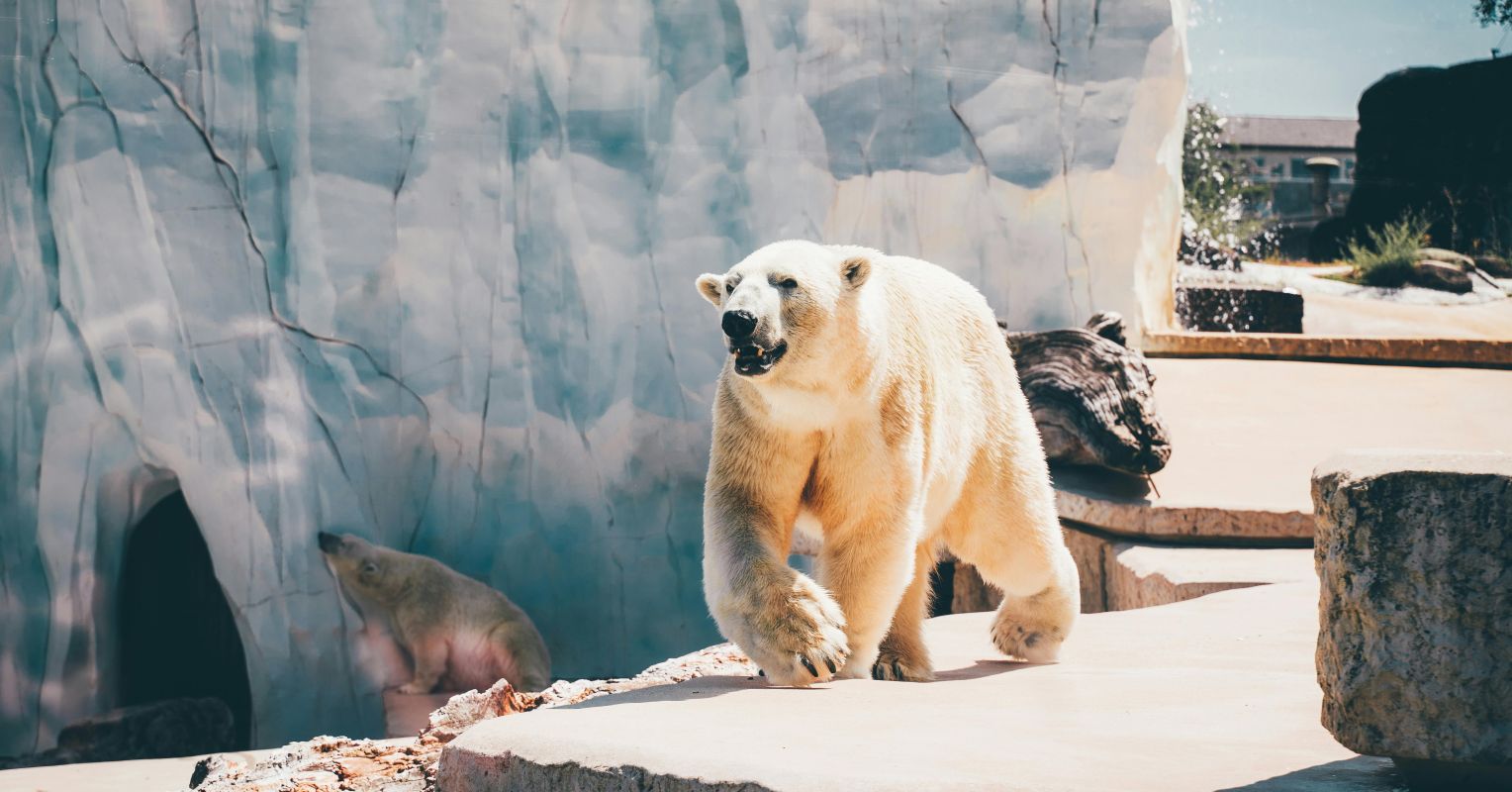
"There is increasing concern among zoo administrators, researchers, and non-researchers alike that the psychological and physical states of many, if not most, zoo animals need to be greatly improved by instituting major reforms in how the zoos operate, how their resident animals are treated, and how they can become more resident-friendly. Concerns center on a number of issues, including moving animals around from zoo to zoo as breeding machines with little concern for their well-being,"
""trapping" animals such as gentoo penguins in tiny cages without sunshine or fresh air, and killing healthy animals (who aren't euthanized, which is mercy killing, but rather "zoothanized") because there isn't enough room for them or because they can't contribute to a zoo's breeding program. 1,2 These are among the reasons why I was deeply interested in Dr. Eve D'Vincent's new book Captive Ambassadors: The Hidden Lives of Zoo Animals."
Increasing concern exists among zoo administrators, researchers, and the public about the psychological and physical states of many zoo animals. Animals are frequently moved among institutions as breeding machines with little regard for individual well-being. Some species, such as gentoo penguins, endure confinement in small cages without sunshine or fresh air. Healthy "surplus" animals are sometimes killed—"zoothanized"—when they are no longer useful to breeding programs. Designating captive animals as "ambassadors" for their species has many life-altering consequences. A shift toward honoring animals as unique individuals with intrinsic value is advocated, and captive breeding programs and the fate of surplus animals face strong criticism.
Read at Psychology Today
Unable to calculate read time
Collection
[
|
...
]